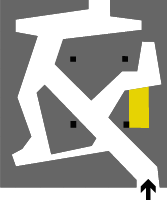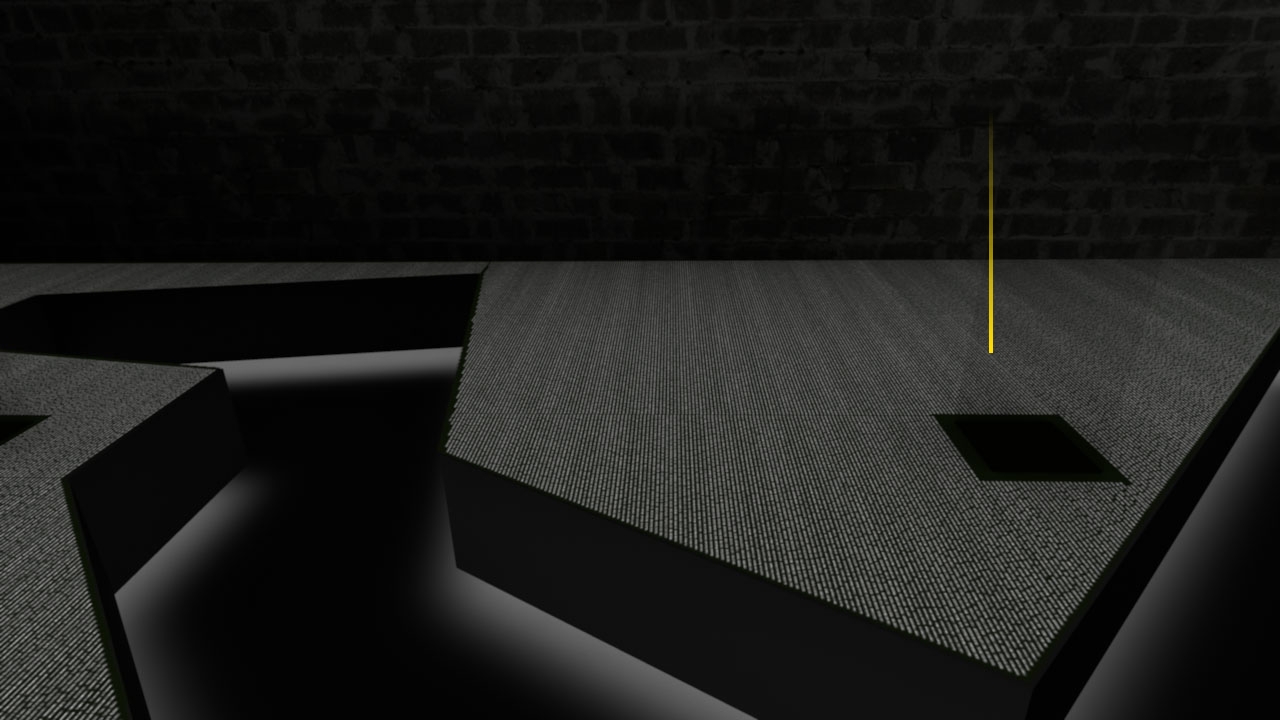Claus Martini Lehland 1904 - 1945
Born 13.11.1904 in Grimstad
Died 2.3.1945 in Melk
Biography
Claus Martini Lehland from Grimstad in Sørlandet (Southern Norway) was born on 13 November 1904. He was the son of a ship’s captain, Kristen Lehland, and the town’s first female clerk, Marte Marie Martini Lehland. Claus became a bank examiner in Grimstad. On 23 January 1943 he was arrested at work. He was part of the resistance movement in Sørlandet under the command of Major Arne Laudal. His first stay in prison was in Kristiansand. Then came the ‘Arkivet’ Gestapo headquarters. The ‘Arkivet’ was a place feared by all Norwegians involved in the resistance because the harshest torture was carried out there.
On 24 February 1943 Claus was transferred to the Grini prison camp and was deported from there on 10 June 1943 to the Natzweiler concentration camp, where he was assigned prisoner number 4085. Further transfers took him to Dachau, Mauthausen and its subcamp Melk. He died on 2 March 1945, a few days before the Norwegian prisoners were freed by the ‘White Buses’[1].
At the time of Claus’ arrest, he was married to Borghild Sofie Lehland, née Alsand. They had a daughter, Agnethe, born on 30 September 1940, and their second child was born in March 1943 while Claus was in the Grini prison camp. Father and son never got to know one another but Claus probably knew about the birth of his son. When Claus was transferred to the concentration camps, a bag with his ‘Grini things’ was sent to the family in Grimstad. The bag contained a telegram with the news that he had had a son, who had been named after him. That was a small, but genuine comfort in the difficult times that followed.
At home not much was said about the war. In this way, many tried to conserve their energy for coping with the hardships of everyday life.
Claus Martini Lehland was an enthusiastic and all-round sportsman. He was particularly interested in football, sailing and gymnastics, but he also loved ski jumping. Later I tried on his jumping skis. But not before having to saw off part of them, since they were too long.
Claus Martini Lehland’s interest in sport has continued into the following generations: his children, grandchildren and great-grandchildren are also keen on sport.
This text will appear as part of a Room of Names, which was created out of cold, hard facts. Most have been given the basic information, but the grief and the compassion for so many lost lives remain. The sorrow for everything you don’t know, the years filled with unbearable suffering and a lonely, senseless death – all this cries out for a Room of Names.
The memorials that exist and the possibility for Claus’ family to visit Mauthausen, Natzweiler and Melk, for example, is understood as a gift because it makes it possible to get closer to the life of one held dear who just seemed to vanish into a void.
Claus B. Lehland / Anne-Kristi Rasdal
Translation into English: Joanna White
[1] Translator’s note: the ‘White Buses’ were a rescue mission carried out by the Swedish Red Cross, in which Norwegian and Danish prisoners were picked up in white buses from the main camp at Mauthausen and taken to Sweden.
Location In room

